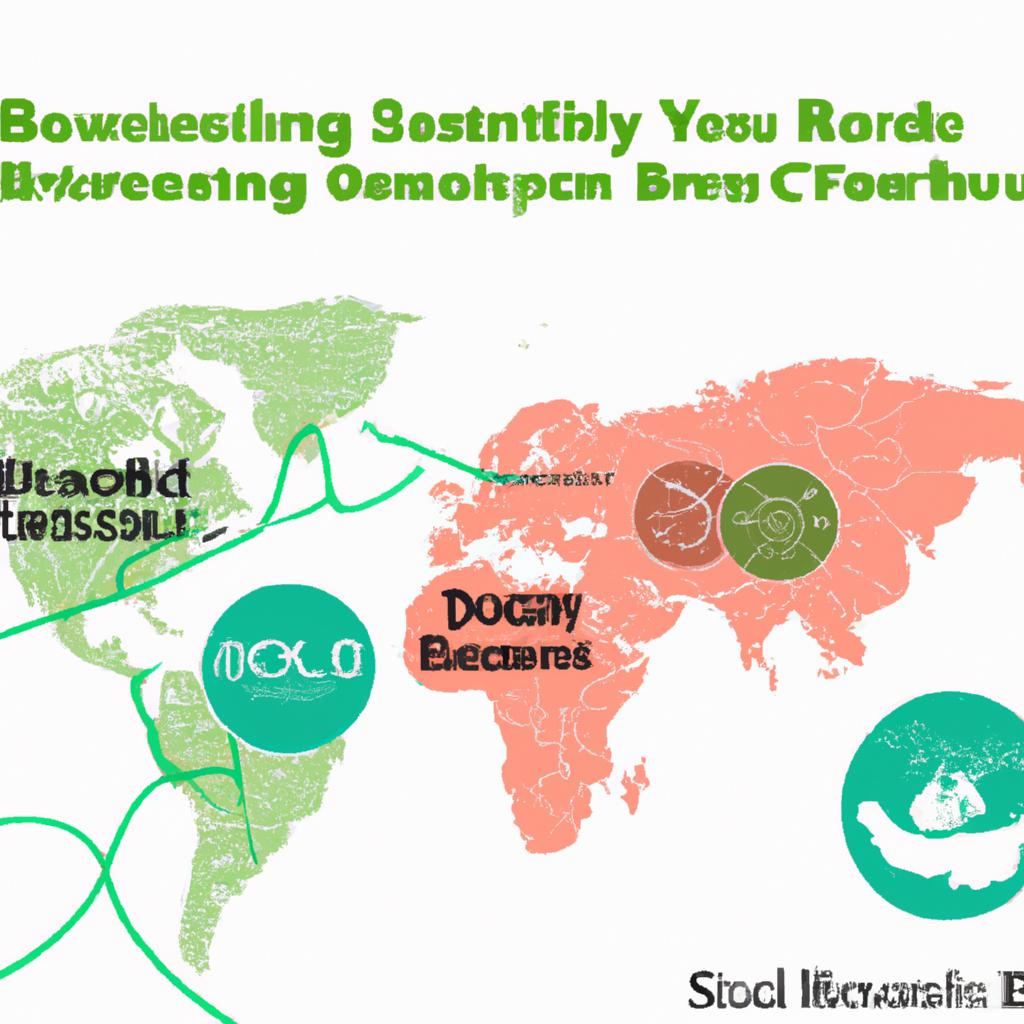
In a world overflowing with options, where every aisle seems to beckon with promises of convenience and allure, the journey of shopping has evolved beyond mere transactions. Today’s conscientious consumers find themselves navigating a complex landscape of products, each with its own story waiting to be uncovered. “Shopping Smarter: Unlocking the Secrets of Product Origins for Informed Choices” aims to illuminate the often-hidden narratives behind the items we choose to fill our carts. By delving into the origins of products—from the geographical roots of raw materials to the ethical standards of production—we empower ourselves to make choices that reflect not just our needs, but our values. Join us as we explore the intricate web connecting creators, materials, and consumers, equipping you with the knowledge to enhance your shopping experience and make informed decisions that resonate with your principles.
Understanding the Journey of Your Products for Better Purchasing Decisions
When you venture into a store or browse an online shop, it’s easy to get swept away by the allure of vibrant packaging and enticing marketing. However, understanding the path your product has traveled can significantly enhance your purchasing decisions. With increasing awareness around sustainability, ethical sourcing, and local economies, taking a closer look at where products come from and how they are made can help you align your purchases with your values. Here are some crucial aspects to consider:
- Source of Ingredients: Know whether the materials are locally sourced or imported, as this can impact environmental footprints and community welfare.
- Manufacturing Processes: Investigate if the production methods prioritize sustainability and fair labor practices.
- Supply Chain Transparency: Look for brands that offer insights into their supply chains, ensuring integrity at every step.
- Carbon Footprint: Consider the emissions involved from production to shipping, and opt for products with lower carbon footprints.
To help visualize the importance of product origins in your shopping choices, here’s a simple breakdown of some common category comparisons:
| Product Category | Local Source | Imported Source |
|---|---|---|
| Organic Fruits | Lower Carbon Footprint | Higher Carbon Footprint |
| Textiles | Ethical Labor Practices | Potential Exploitation |
| Cosmetics | Natural Ingredients | Chemical Alternatives |
Arming yourself with knowledge about the journey of products—from farm to store or factory to front door—elevates the shopping experience from indifference to intentionality. As you weave through aisles or scroll through pages, allow the backstory of your potential purchases to guide you toward choices that truly resonate with your ethical standards and lifestyle preferences.

Exploring Sustainable Sourcing: How to Identify Responsible Brands
When it comes to uncovering responsible brands, it’s essential to delve deeper than labels and advertising. Start by examining a brand’s supply chain transparency. Leading companies often provide detailed information about where and how their products are sourced, showcasing certifications or partnerships with recognized organizations that advocate for ethical practices. Consider the following key areas:
- Ingredient Sourcing: Are materials sourced from renewable or recycled resources?
- Labor Practices: Does the brand uphold fair labor standards and safe working conditions?
- Environmental Impact: How does the brand minimize its carbon footprint and waste?
Additionally, investigating a brand’s social responsibility initiatives can shine a light on their commitment to sustainability. Look for companies that actively engage in community development or conservation projects. Another useful strategy is checking for third-party certifications, which provide an additional layer of credibility. Consider using a simple table to compare brands:
| Brand | Transparency Rating | Certifications |
|---|---|---|
| Eco-friendly Co. | High | Fair Trade, Organic |
| Sustainable Goods Inc. | Medium | Leaping Bunny |
| Green Choice | Low | None |
This comparison method not only makes it easier to visualize differences but also promotes informed shopping decisions. By gravitating towards brands that prioritize sustainability, you contribute to a larger movement towards conscious consumerism, making a positive impact on the planet.
Key Takeaways
As we navigate the intricate maze of consumerism, understanding the origins of the products we buy equips us with the tools to make informed choices that resonate with our values. From sustainable sourcing to fair labor practices, the journey of a product from raw material to store shelf is rich with stories waiting to be uncovered. By becoming more aware of where our purchases come from, we not only invest in our own well-being but also contribute to a larger narrative of ethical consumption and environmental stewardship.
So, the next time you find yourself in the aisles of your favorite store or scrolling through an online marketplace, pause and reflect. Embrace the power of knowledge; let it guide you toward smarter shopping habits that align with your principles. Each conscious decision adds to a collective effort, shaping a marketplace that prioritizes transparency and integrity. As consumers, we hold the potential to not only change our own purchasing habits but also influence the future of how products are made and shared.
In the quest for smarter shopping, remember that every purchase is a statement—one that echoes beyond the checkout line. By arming ourselves with insight into product origins, we are not just buying goods; we are investing in the world we want to create. The choice is yours. Happy shopping!
















